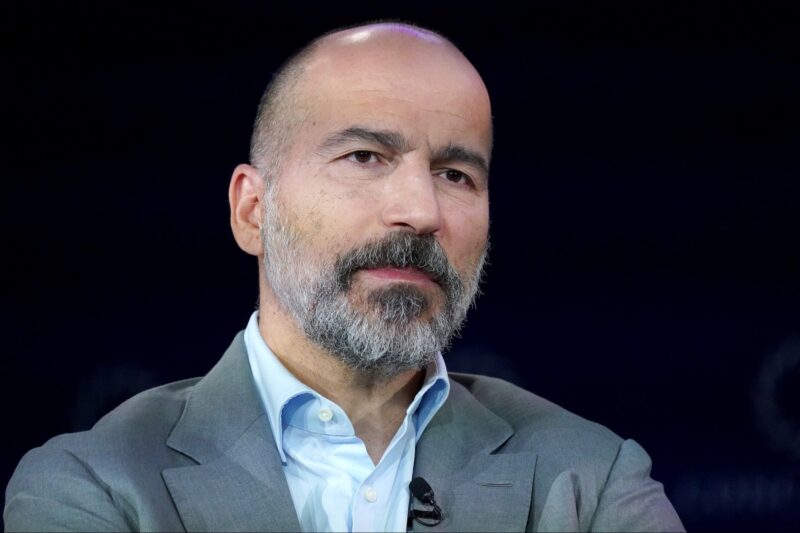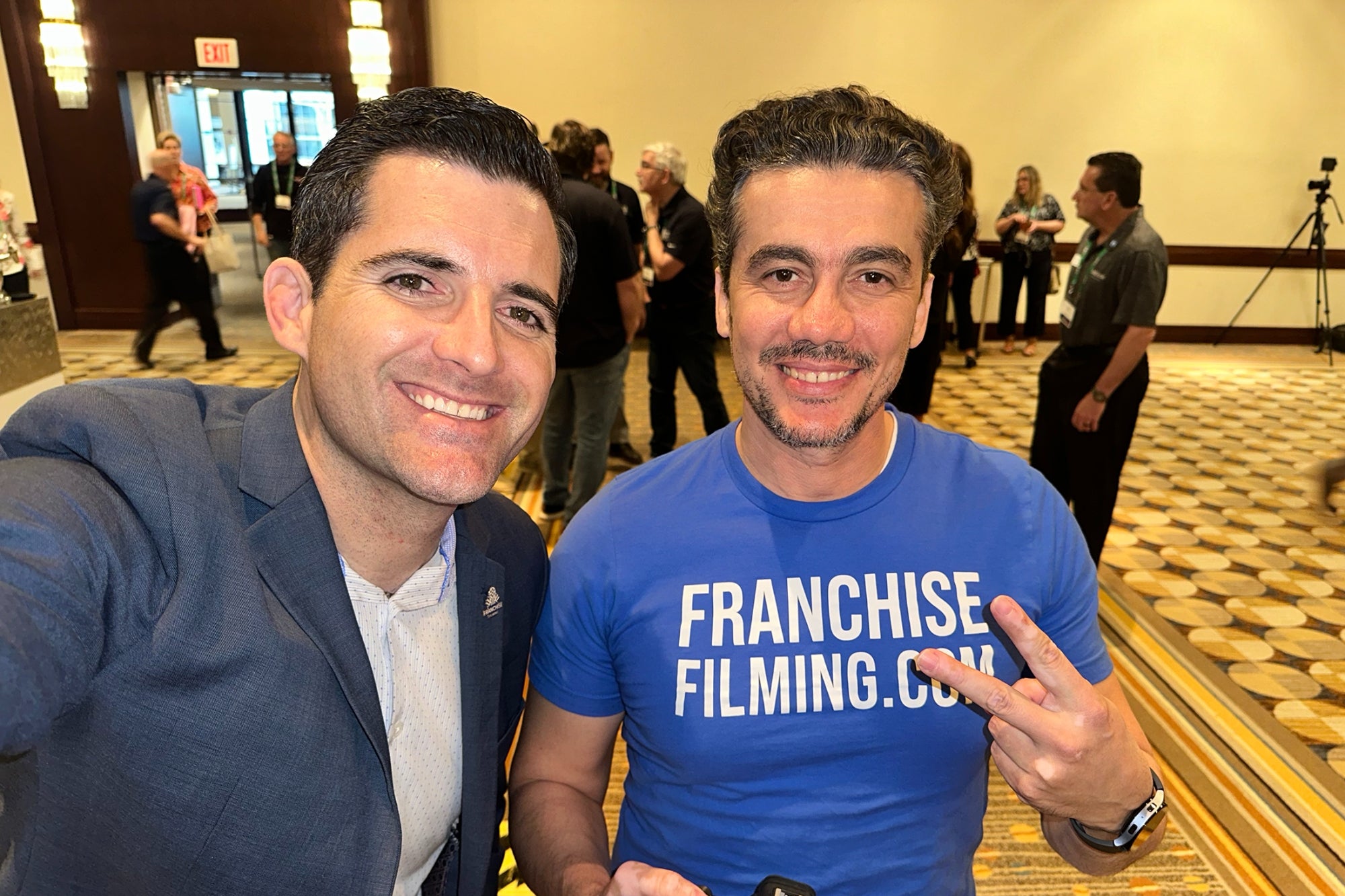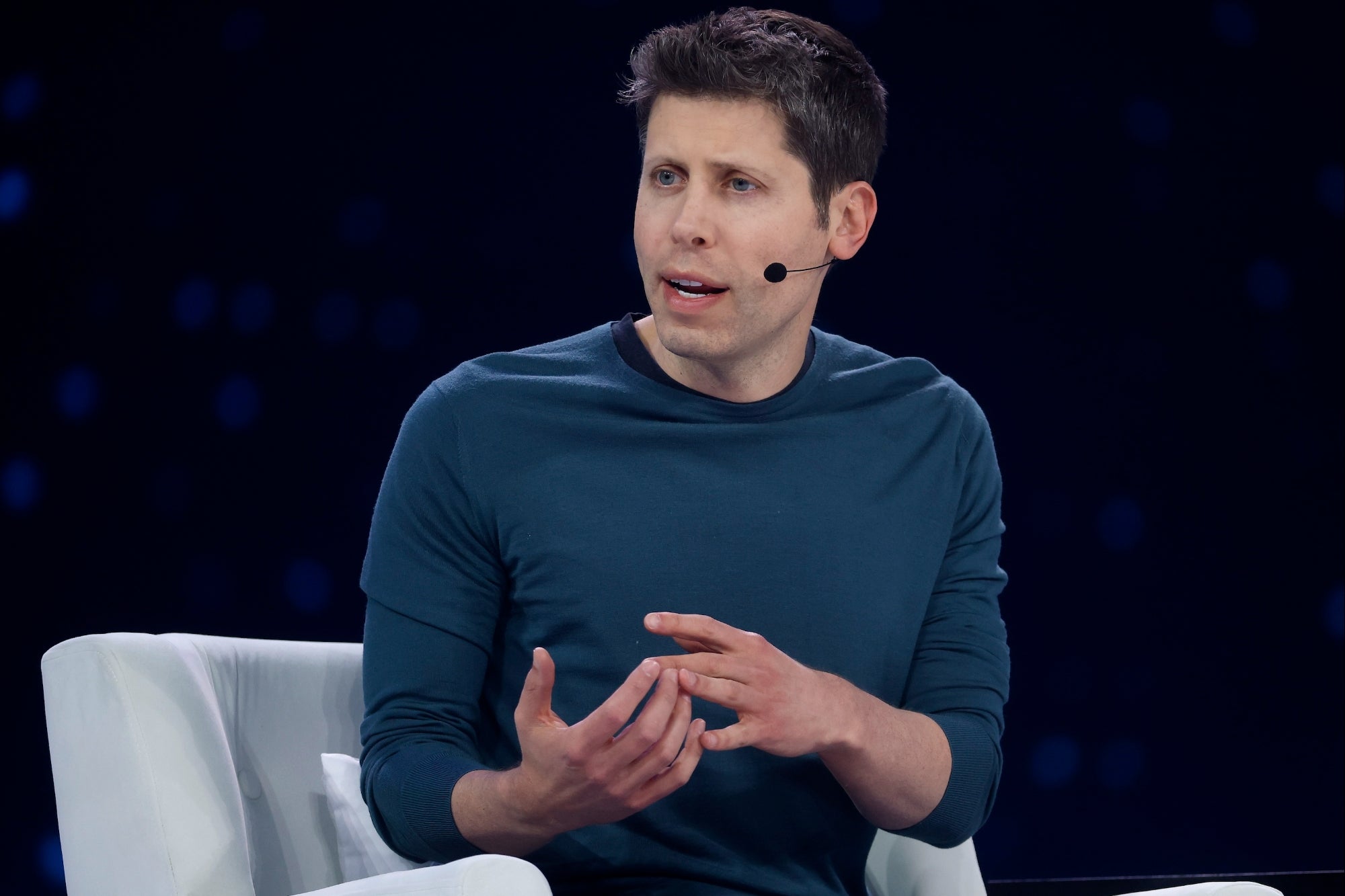Rideshare driving was the most-searched side hustle last year, garnering nearly 31,000 monthly Google searches, per a Creative Fabrica study. More than seven million people drive or deliver with Uber alone every month.
However, there might only be a decade left to make any money through the gig.
Earlier this month, at an “All-In” podcast event, Uber CEO Dara Khosrowshahi acknowledged that right now, there is still growth, but that work could dry up soon due to robotaxis and autonomous vehicles.
Related: Uber Released Its Annual List of Things People Leave in Backseats — and It Is Wild
“For the next five to seven years, we’re going to have more human drivers and delivery people, just because we’re going so quickly,” Khosrowshahi said, per Business Insider. “But, I think, 10 to 15 years from now, this is going to be a real issue.”
“This is a big, big societal question that we’re going to have to struggle with, and lots of others are going to struggle with too,” Khosrowshahi added.
It’s not the first time Khosrowshahi has issued the warning, either. In an interview in January, he also said that driving for Uber is only a safe gig for the next decade.
“You fast forward 15, 20 years, I think that the autonomous driver is going to be a better driver than the human driver,” Khosrowshahi told the Wall Street Journal’s Joanna Stern at WSJ Journal House Davos, at the time. “They will have trained on lifetimes of driving that no person can; they’re not going to be distracted.”
Related: Fewer Gen Zers Are Getting Their Driver’s Licenses. Here’s What’s Behind the Decline, According to Uber’s CEO.
“I think the human displacement here, while it’s not something that is going to happen tomorrow, is going to happen eventually,” he said in January. “And it’s something we have to think about, society has to think about.”
According to researchers at the University of Central Florida, who put together data from 2,100 accidents involving autonomous vehicles and 35,000 accidents involving human drivers, autonomous vehicles generally show more safety than human-operated vehicles in most scenarios. However, self-driving cars have five times the risk of getting into accidents when operating at dawn and dusk when compared to human-driven cars.
Khosrowshahi acknowledged the drawbacks of autonomous vehicles as they are today, stating that they currently have limited areas of origination, destination, and overall areas of operation. The upfront costs, including the cost of mapping routes, are expensive, and the hardware isn’t as advanced as it needs to be for widespread adoption.
Related: Waymo’s Driverless Robotaxi Fleet Is Making 50,000 Trips Per Week — Here’s Where the Cars Are Headed Next
Autonomous vehicles aren’t going to take over all at once, but instead are going to start by augmenting what humans can do over the next decade, he said. They are going to start by taking over the easier routes.
“I think for the next 10 years you’re going to have hybrid networks of humans and machines,” Khosrowshahi said.
“We are making investments in creating alternative methods of making money for our earner base,” Khosrowshahi said, adding that he wasn’t sure which will get there faster — Uber in terms of opportunity or autonomous vehicles in terms of job replacement.
Rideshare driving was the most-searched side hustle last year, garnering nearly 31,000 monthly Google searches, per a Creative Fabrica study. More than seven million people drive or deliver with Uber alone every month.
However, there might only be a decade left to make any money through the gig.
Earlier this month, at an “All-In” podcast event, Uber CEO Dara Khosrowshahi acknowledged that right now, there is still growth, but that work could dry up soon due to robotaxis and autonomous vehicles.
The rest of this article is locked.
Join Entrepreneur+ today for access.








